Yen Notes: A Deep Dive Into the Evolution of Japanese Money
James Lau
Posted on August 30, 2024
Share:
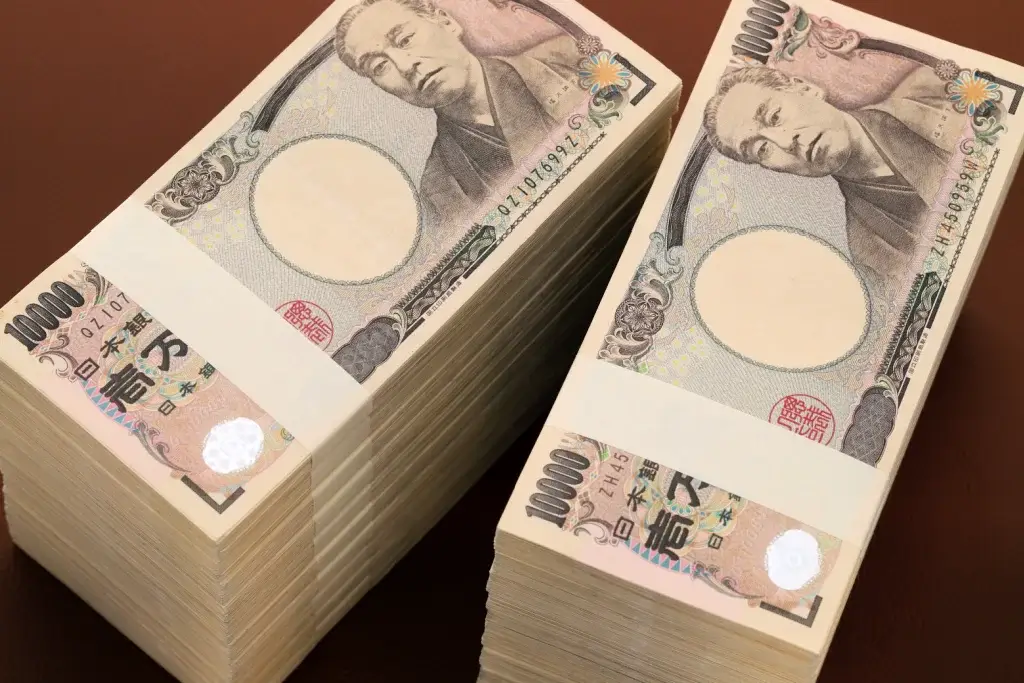
Yen notes tell the story of Japan’s past, present, and future. Did you know these notes have undergone numerous changes over the years? They reflect the country’s journey through time. In this article, we’ll explore the evolution of yen notes, from their origins to the latest updates. We’ll also discuss the significance of the historical figures featured on them!
Did Japan always use yen notes?
Japan’s currency dates back to the 8th century when the country first introduced coins. However, it wasn’t until 1871 that the yen was officially adopted as the national currency, replacing the previous system of feudal coins and other forms of money. The Meiji government, aiming to modernize Japan’s economy, introduced yen notes as part of this transformation. These early notes were simple and functional.

Over the decades, designers introduced new yen notes with updated designs and denominations to meet economic demands and technological advancements. Each series of yen notes tells the story of the era it debuted, reflecting changes in Japanese society, politics, and culture. From the Meiji period to today, yen notes have become artifacts that offer a glimpse into Japan’s history.
Series F: The New Era of Yen Notes
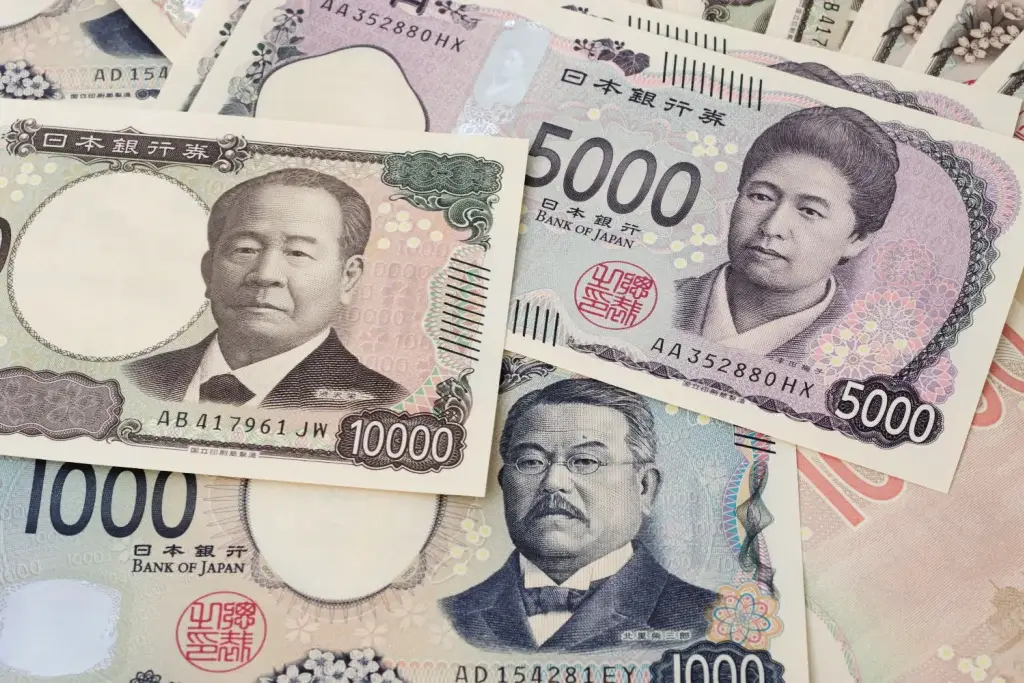
In 2024, Japan introduced the Series F yen notes, marking a new chapter in the country’s currency history. This series represents a leap forward in security and technology. The updated notes have cutting-edge anti-counterfeiting features such as holographic portrait stamps, ensuring Japan’s currency remains secure in an increasingly digital world.
Kitasato Shibasaburo
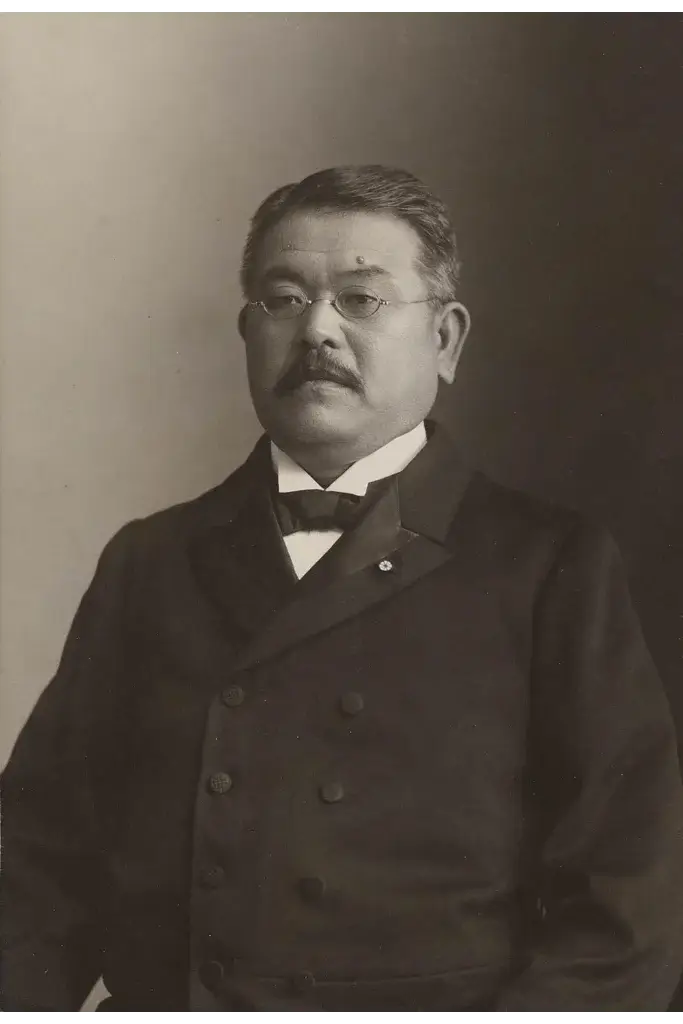
Featured on the 1,000 yen note, Kitasato Shibasaburo was a Japanese bacteriologist who made significant contributions to medical science in the late 19th and early 20th centuries. He is famous for discovering the bacteria responsible for tetanus and developing a serum for diphtheria. Kitasato also helped establish the field of microbiology in Japan, founding the Institute for Infectious Diseases, and his legacy continues through the Kitasato Institute.
Tsuda Umeko
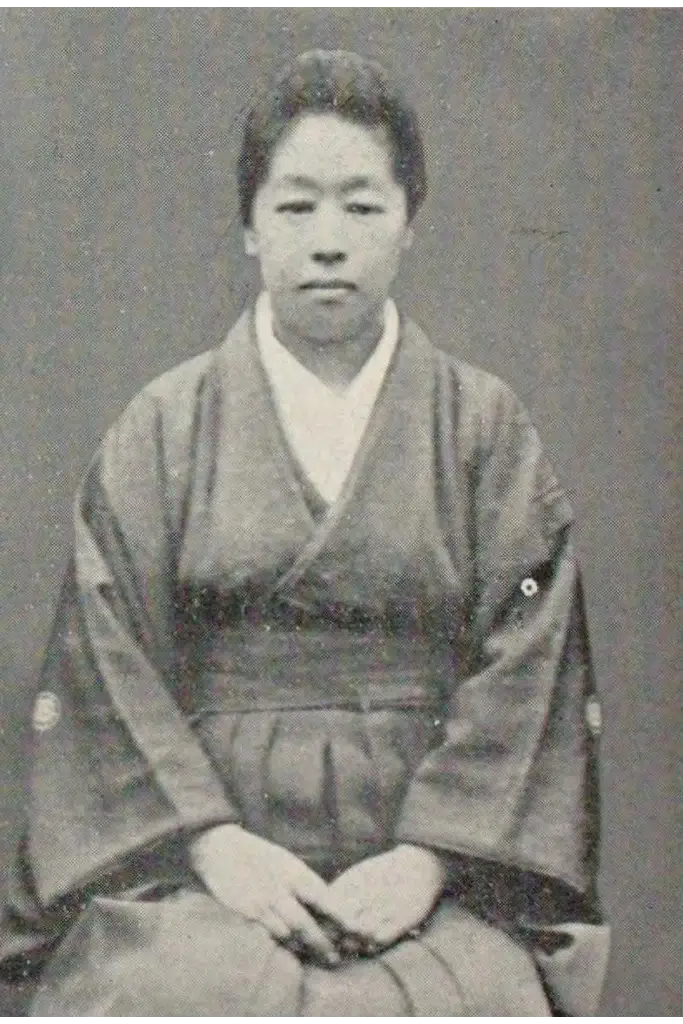
The 5,000 yen note now features Tsuda Umeko, an educator and advocate for women’s education. As one of the first Japanese women to receive a Western education, she returned to Japan to improve women’s opportunities. Tsuda founded Tsuda University, one of Japan’s first private institutions dedicated to higher education for women. Her work advanced women’s rights and education in Japan, inspiring generations of female leaders.
Shibusawa Eiichi
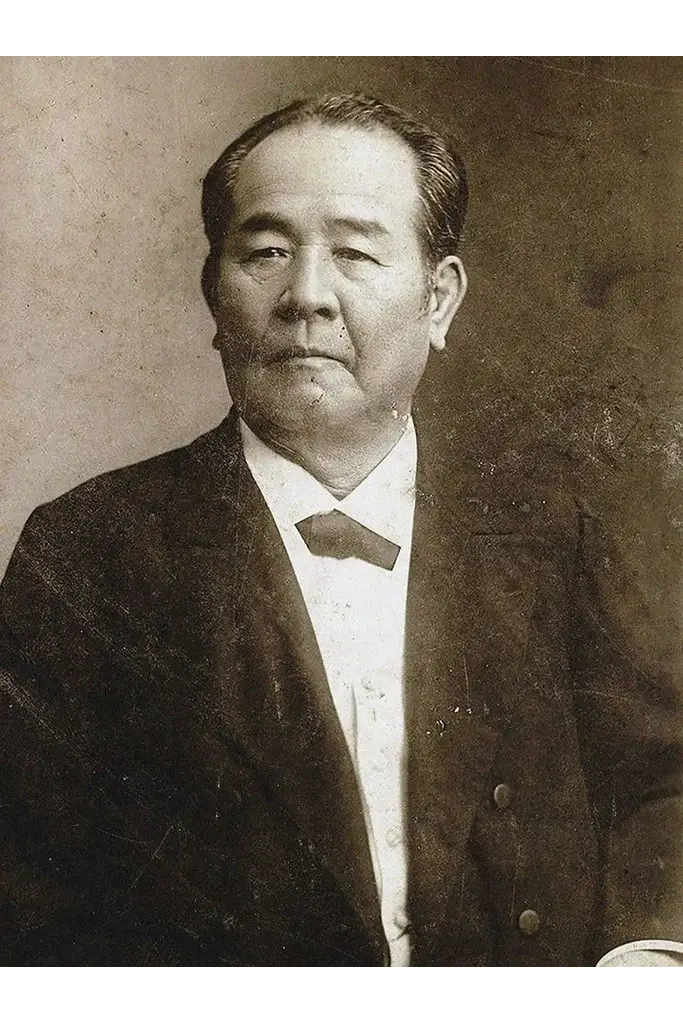
The 10,000 yen note bears the image of Shibusawa Eiichi, often referred to as the “father of Japanese capitalism” due to his role in modernizing Japan’s economy during the Meiji era. He was instrumental in founding and managing over 500 companies and institutions. Shibusawa believed in combining ethical principles with business practices, promoting the idea that commerce should serve society’s greater good.
Are you looking for Japanese snacks with a strong history? Check out Sakuraco! Sakuraco delivers traditional Japanese snacks, sweets, tableware, and more from local Japanese makers right to your door, perfect for a pleasant snack time at home!

Series E: The Previous Set of Yen Notes
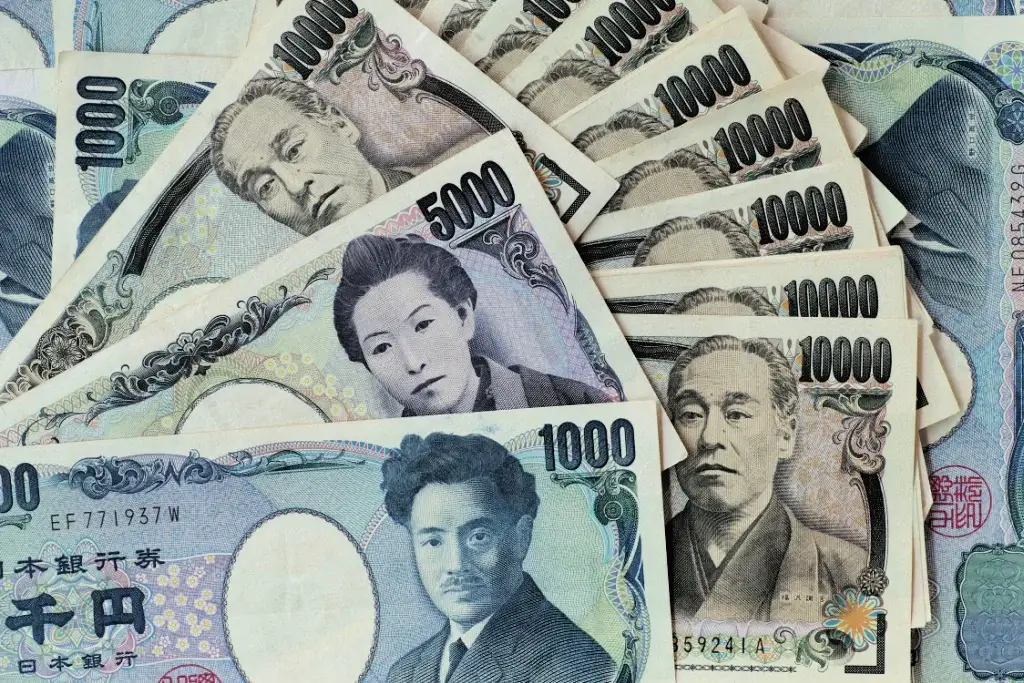
Before the introduction of Series F, Japan’s currency used Series E notes, which had circulated for over two decades, introduced in 2004. They were a significant update to Japan’s currency, blending modern security features with a deep respect for its history.
Hideyo Noguchi
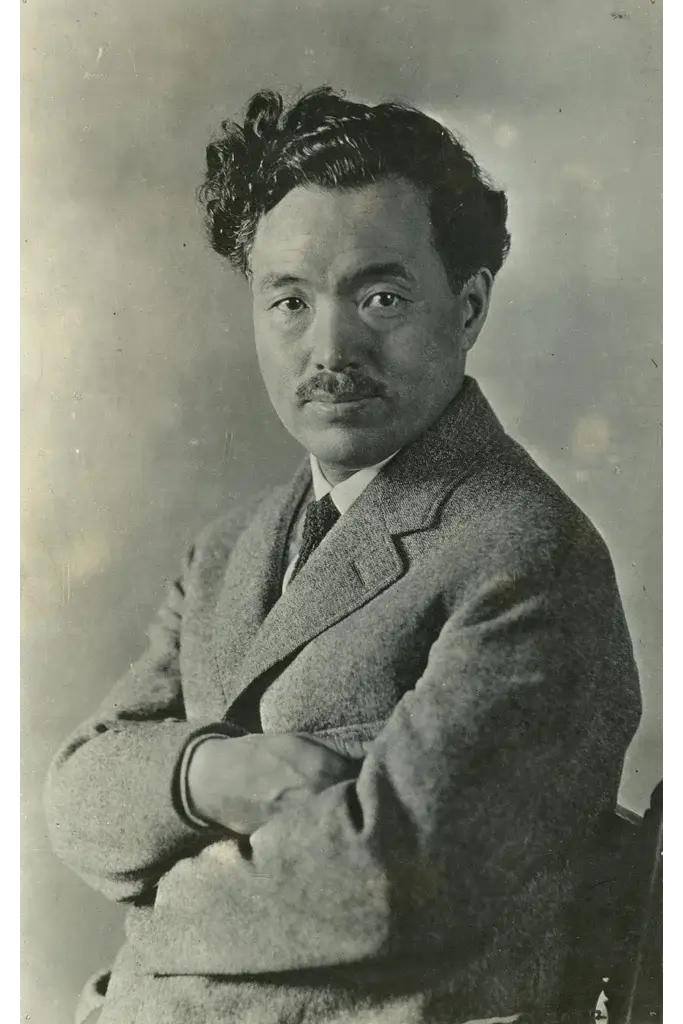
Hideyo Noguchi was a bacteriologist whose research advanced the understanding of infectious diseases. He is best known for his work on syphilis, which identified the bacteria responsible for the disease and contributed to better treatment and control. Noguchi’s dedication led him to various countries, where he researched yellow fever and other deadly diseases. Hideyo Noguchi is on the 1,000 yen note, reflecting his role in medical research.
Ichiyo Higuchi
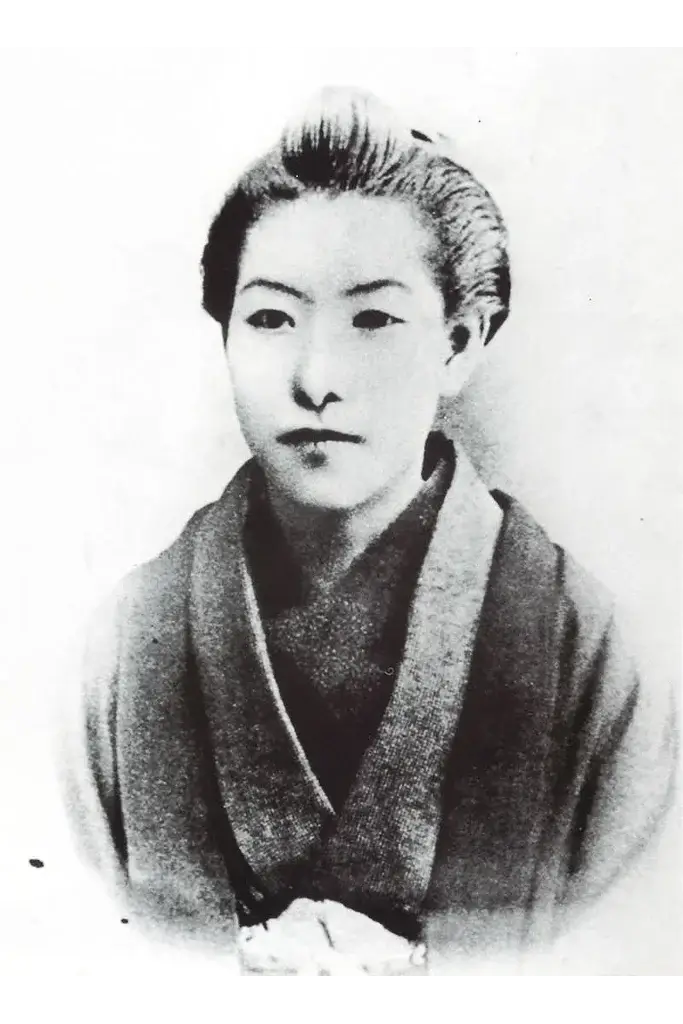
Ichiyo Higuchi was a pioneering writer in the Meiji era. Despite her short life, she produced a significant body of work that explored themes of poverty, social inequality, and the struggles of everyday people. Her writing has made her one of Japan’s most celebrated literary figures. She is commemorated on the 5,000 yen note, recognizing her contributions to Japan’s cultural and literary heritage.
Fukuzawa Yukichi

Fukuzawa Yukichi was a key figure in Japan’s transformation during the Meiji era, and he was known for his efforts to modernize Japan. He founded Keio University, and his writings shaped Japan’s educational system and societal values. Fukuzawa advocated for individualism, self-reliance, and the adoption of Western knowledge. Fukuzawa Yukichi is honored on the 10,000 yen note, symbolizing his influence on generations of thinkers and leaders.
Series D: The Unique 2,000 Yen Note
Series D is unique because it produced only one denomination: the 2,000-yen note. Introduced in 2000 to commemorate the new millennium and the Okinawa Summit, the note featured Shureimon, a historic gate in Okinawa. However, the 2,000-yen note never gained widespread popularity and is rarely circulated. Despite its limited use, the note remains a collector’s item.

Why should I Iearn about Japanese Yen notes?
People should learn about Japanese yen notes because they offer a window into the country’s history, culture, and values. Each note tells the story of Japan’s journey from a feudal society to a modern nation. Understanding the figures and symbols on yen notes can deepen one’s appreciation for Japan’s rich heritage and the people who have shaped it.

Discover authentic flavors with Sakuraco
Get Sakuraco 

Discover authentic flavors with Sakuraco
Get Sakuraco 
Related Articles

Japanese Crane Origami: The Magic of Renzuru
In Japan, a simple paper crane carries deep meaning as a symbol of peace, healing, and hope. But take that one crane and connect hundreds into a flowing chain, and you create renzuru, linked origami cranes that transform a single fold into a breathtaking arrangement of color and hope.

Steam Train in Shizuoka: Riding the Oigawa Railway
For travelers who love history, beautiful views, and cozy retro vibes, this steam train is one of Shizuoka’s most charming treasures, with some of the best views. If you want to know more about this train, keep reading below!

Nara Japan: The Amazing Legend of the Sacred Dragon
In Japanese culture, dragons are spiritual beings that represent strength, prosperity, and a harmonious balance with the natural forces. Nara, Japan, has a unique story associated with sacred ponds and revered shrines throughout the region.

Nambu Tekki: Morioka’s Amazing Iron Craft
In the historic city of Morioka, Iwate Prefecture, a craft with over 400 years of history continues to captivate with its rustic beauty and practical charm. Nambu tekki, or Nambu cast iron, refers to traditional ironware, such as teapots, kettles, and decorative pieces, that embody the spirit of Tohoku craftsmanship.


